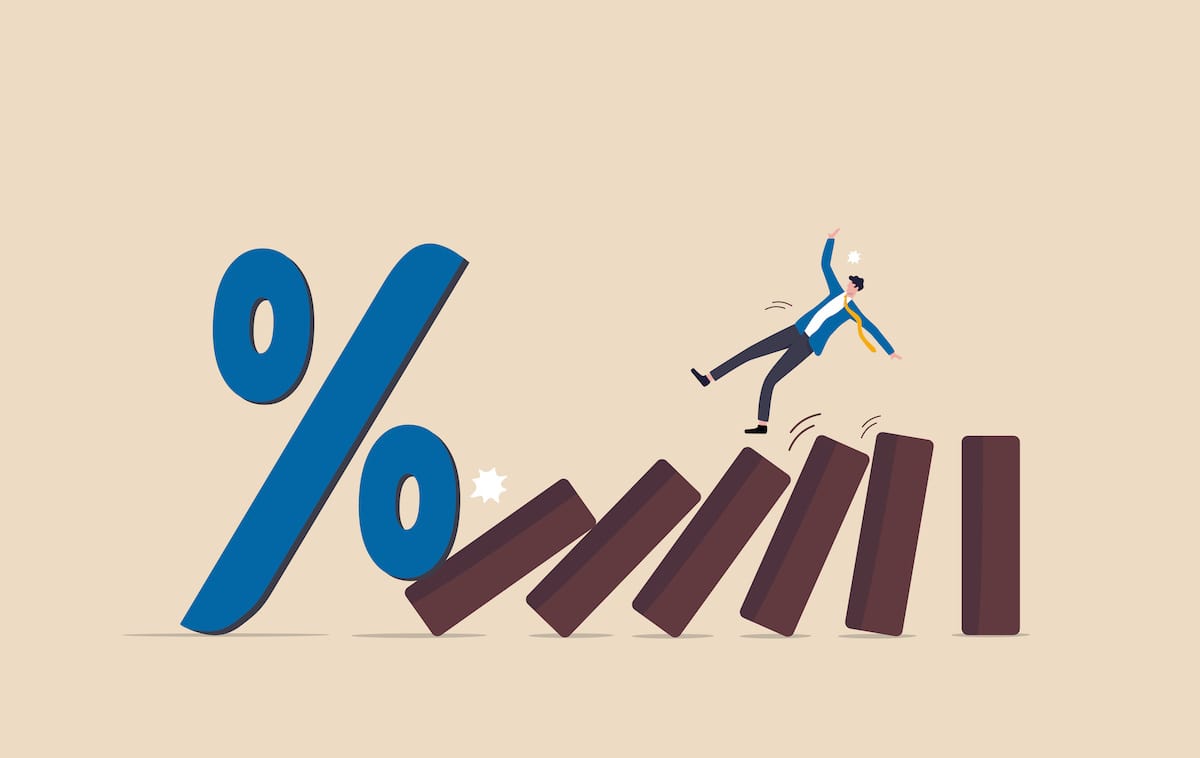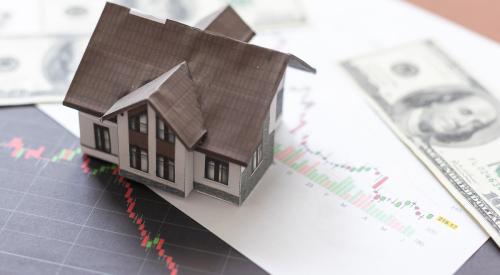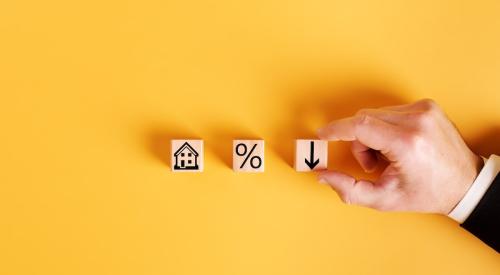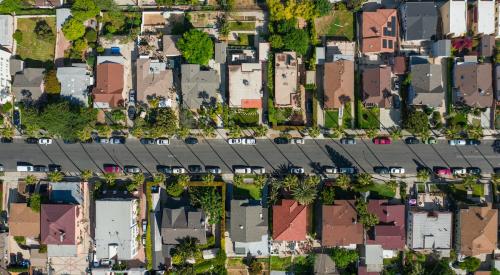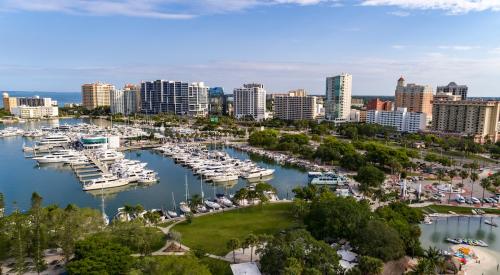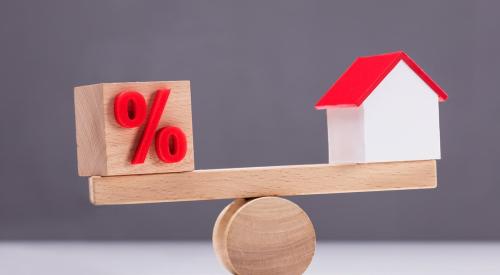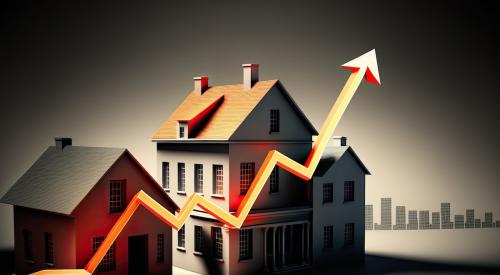Housing affordability declined in March as climbing interest rates caused the average monthly mortgage payment to rise 32%, according to the National Association of Realtors. The 30-year fixed mortgage rate reached 4.24% while median family income fell by 6.6%. The median existing-home sales price also rose 15.2% year-over-year, pricing out a large share of first-time buyers forced to spend an average 25.6% of their household income on mortgage payments.
Housing affordability suffered double-digit declines in all four regions across the U.S., but many experts are eyeing a market slowdown in the months ahead as elevated prices slow home sales.
As of March 2022, the national and regional indices were all above 100, meaning that a family with the median income had more than the income required to afford a median-priced home. The income required to afford a mortgage, or the qualifying income, is the income needed so that mortgage payments on a 30-year fixed mortgage loan with a 20% down payment account for 25% of family income.2 The most affordable region was the Midwest, with an index value of 170.6 (median family income of $88,115 with a qualifying income of $51,648). The least affordable region remained the West, where the index was 97.1 (median family income of $95,743 and the qualifying income of $98,592).
